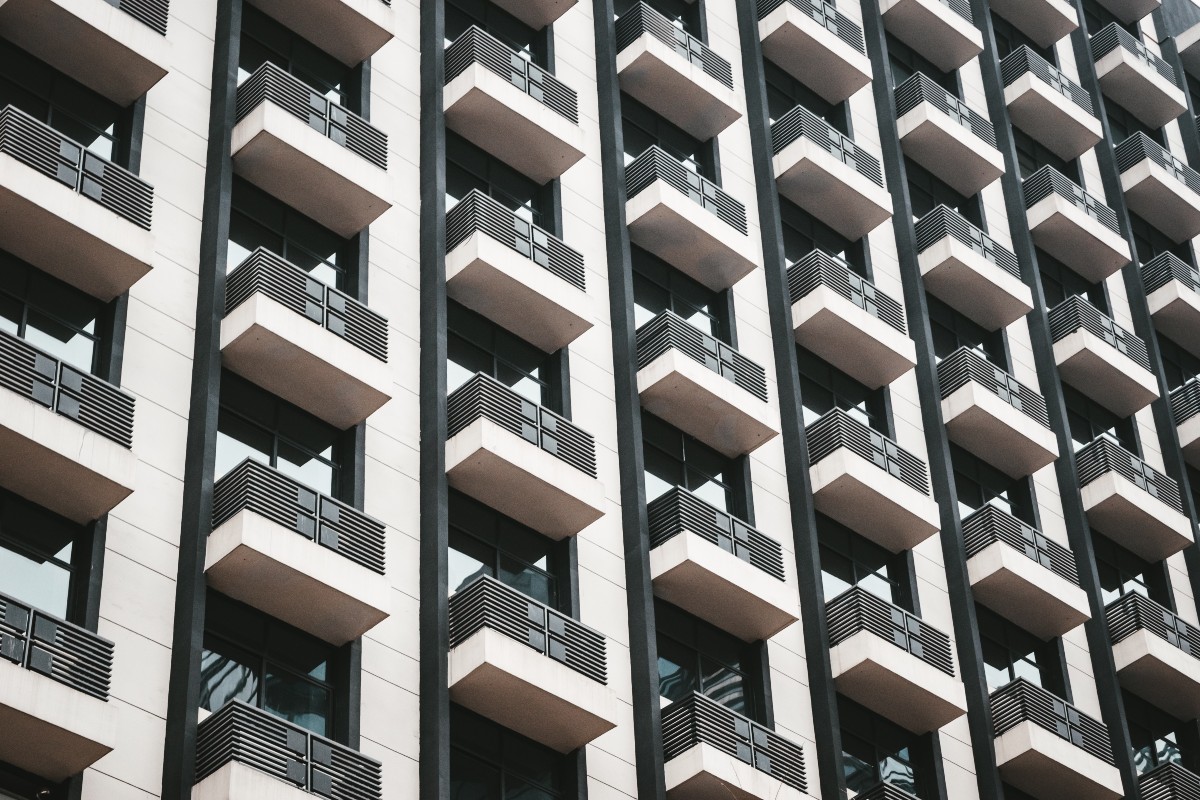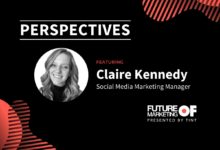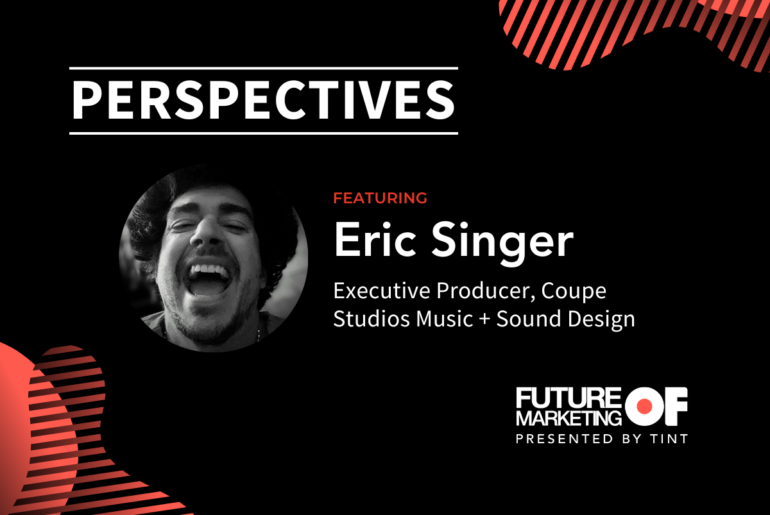Welcome to the post-pandemic summer.
Despite a delta-variant of COVID-19, travel is on the rise. Coined as “revenge travel,” nine out of ten American travelers have made travel plans for the next 6 months. Hotel occupancy is at an 85-week high and 3.7 million rooms are being sold per day.
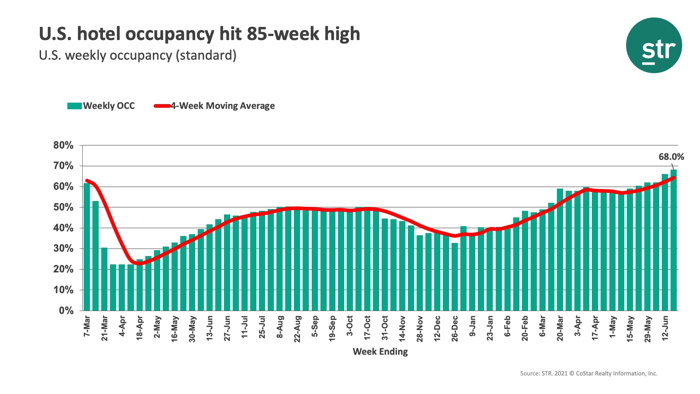
Did we just remind you to book the hotel for your own travel agenda?
As vaccines continue to roll out, countries with high vaccination rates like America are experiencing revenge travel and the rise of the staycation. While COVID-19 regulations remain in effect, travelers are finding their way to travel destinations that don’t require them to leave the country.
This means marketers are tempted to save their marketing budget for an upcoming rainy day. After experiencing a rainy year with travel almost entirely shut down, the temptation to pocket your marketing budget while travel demand is high is understandably tempting.
But, is that good marketing?
With (seemingly) all eyes on travel, now is the best time to go all-in on your hospitality marketing campaigns. This is hospitality’s chance to differentiate themselves from the competition, build their brand persona, and establish newfound loyalty with their customers.
This opportunity doesn’t come around often.
And the best hospitality marketers will capitalize on it.
Time To Put the Pedal to the Metal
An organic boost in engagement, traffic, and conversion isn’t the time to grab a Miami Vice and relax by the pool. Revenge travel will be short-lived as people use up their PTO, max out the time they can spend away from family and pets, and cap off their travel budgets.
The time to capitalize on this momentum is now. But, what does that capitalization look like?
With more eyes on your hotel, restaurant, and hospitality company than ever before—now is the time to focus on:
Long-Term Brand Building
Branding is the difference between charging $150 for a room and $450, lowering your CPA, and increasing your conversion rate. The problem is that branding isn’t a quick content strategy. Your hospitality business can’t wake up one morning and decide to create a killer brand only to have it manifest within a few weeks.
That’s rarely (if ever) the case.
In reality, branding follows the same principles of human-to-human relationships. It takes multiple touchpoints and social proofs to prove to someone that your brand is what YOU say it is.
With more eyes on your hotel, restaurant, and hospitality business than ever before…now is the time to showcase your brand and start putting in those touchpoints that will lead to customers tomorrow (and in the future).
Brand Loyalty and Retention
Take a look at the success of sports teams to understand how much humans want to identify themselves with brands. When someone says they’re a member of a specific hotel, they get to say something more about themselves. They can silently say they’re happy to pay for luxury experiences at a fancy hotel chain or that they prioritize the kid-friendly atmosphere of a place like Disney World.
With this being one of the first travel trips your customers have taken in at least one year, it’s the optimal time to build brand loyalty and retention.
Ask your guests to become members of your loyalty program and market the perks based on how they’re feeling about travel today (not how they felt two years ago).
Good Customer Experiences
This is the moment you’ve been waiting for. As new customers walk through your doors to experience your brand for the first time, they’re looking for a sharable experience.
They’re happy to take photos of their cocktails and their view by the pool for hotels that make them proud to be a customer.
Create special first-time experiences that spark user-generated content that you can repurpose to your online and offline marketing channels. This is the time to show them why they want to come back with continued marketing efforts after they swipe their card at your front desk.
Marketing has to continue even after they’ve rolled their suitcase out the door.
How can you put the pedal to the metal (which in marketing equals doubling down on your offers, incentives, and spreadsheets) and avoid the close-the-door on the ultimate time to build your hospitality brand?
What is Great Marketing in the High Conversion Hospitality World?
If you’re not marketing for traffic and conversions, your marketing objectives have to shift with what people ask for. Travelers are happy to scope out different hotel options online right now and choose the option they’re most excited about—but how do you retain that customer long-term?
Having them buy once is great, but getting that second, third, and fourth purchase is where the customer lifetime value rockets (to the moon!).
Here’s what great marketing looks like in a world where traffic and conversions aren’t your main focus.
Create Loyalty Programs
Loyalty programs are all the rage these days. From Panera creating a program based on endless coffee (brilliant) to the rise in paid newsletters, loyalty programs work across every niche. Including the hospitality industry.
Most big hotel chains have already established a loyalty program. For smaller businesses who haven’t, now is the time to figure out a way to retain the new customers walking through extraordinary aesthetic doors. Now is a great time for community building of customers passionate about their experience at your hotel.
This loyalty program can look like this:
- Free meals, beverages, excursions, and stays when a guest recommends a friend
- A discount on future purchases after leaving a review or creating user-generated content
The goal of a loyalty program is to turn a one-time guest into a loyal customer who continues to visit your locations again and again.
Add User-Generated Content to your Marketing Channels
With more customers comes more user-generated content. More than half of consumers wish that brands would tell them what type of content to create and share. As more people walk through your front doors, give them opportunities to create UGC by specifically asking them to create it.
Think of the most exciting moments of their experience at your hospitality brand and add UGC initiatives:
- Place copy at the bottom of your menu that says, “Tag us in your Instagram post to be featured on our website” or “Tag us in your Instagram post for 5% off your meal.”
Loews Hotels collects and repurposes user-generated content to their online and offline marketing channels. With hundreds of UGC photos and videos flooding in, they can curate the best content and run marketing campaigns on the fly.
For example, if one of their hotels needs to promote their rooms by next week, they can handpick content from guests rather than scheduling an expensive photoshoot). More importantly, they can harness the kind of content people want to see at each step of the customer journey.
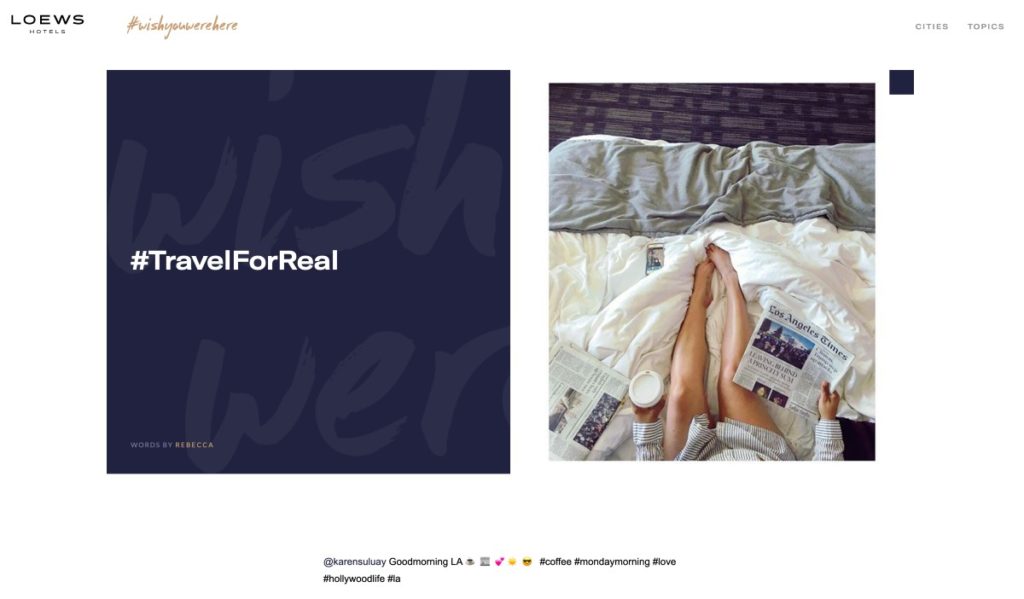
Create a content mix of user-generated content and brand-created content for your brand strategy.
Double Down on Your Customer Service
Customer service should always be a priority, but now it’s more important than ever. With more consumers willing to share user-generated content, they have access to hundreds, thousands, or even more ears. Even nano and micro-influencers can create a bad brand image in the creator economy.
Doubling down on your customer service as new travelers experience staying at your hotels is part of your content strategy. Marketing doesn’t stop after the credit card is swiped. It needs to continue to encourage a brand relationship with your new customers and establish the loyalty you’re looking for.
The Standard, High Line has ensured their Google Business Page is set up and able to showcase happy reviews from customers like these:

In fact, these reviews can be repurposed to online digital walls on The Standard’s website or to an offline digital wall in their hotel lobby. With 70% of consumers trusting online peer reviews and recommendations more than professional content and copy—using these reviews in your content strategy is a no-brainer.
Continue Your Safety Messages
Vaccine rollouts don’t mean that travelers are entirely content with their social experiences. As news continues to warn people of COVID’s long-term stay, knowing that they’re safe in your hotel is crucial to your marketing efforts.
Continuing your safety messages that talk about how often commonly used surfaces are sanitized, the cleanliness of their room, and showcase how safety is still a priority will not be an option in 2021 travel. It will be a requirement.
The Beverly Hills Hotel has a dedicated website page to explain 10 of their safety and precaution procedures, including this one:
Your safety messages don’t have to wait for your patrons to be through your doors. Talk about your safety prioritization on your online marketing channels, especially around the product and checkout pages of your website.
Focus on New and Rising Expectations
Safety messages are an example of new expectations from travelers, but they’re not the only example. New and rising expectations like sustainability and environmentalism have to become part of your marketing strategies to ensure alignment with your customers’ personal values.
One-third of US adults are spending more time thinking about climate than they did before 2020 (and the pandemic). Those thoughts directly impact the brands they choose to give their money to.
Hospitality companies can showcase their green initiatives with recycling options, sustainable food options at their restaurants, and signs like these:
If The Demand is Bigger Than The Supply, Should You Shut Off Your Marketing Efforts?
The answer is a resounding no. If you do, you’ll fall behind the hospitality brands happy to continue their marketing efforts throughout this travel boom. This is the ultimate moment for brand building, customer loyalty, and better-than-average customer experiences.
Here’s how you can create more demand for your hospitality brand, even after revenge travel comes to an end:
- Create a loyalty program that incentives guests to share their experience or come back and visit your hotel again
- Add User-Generated Content to your Marketing Channels
- Continue Your Safety Messages
- Double Down on Your Customer Service
- Focus on New and Rising Expectations
To keep tabs on the future of travel and tourism, and how you can shift your marketing efforts to fit new consumer demands, join over 20,000 marketers subscribed to Future of Marketing.
